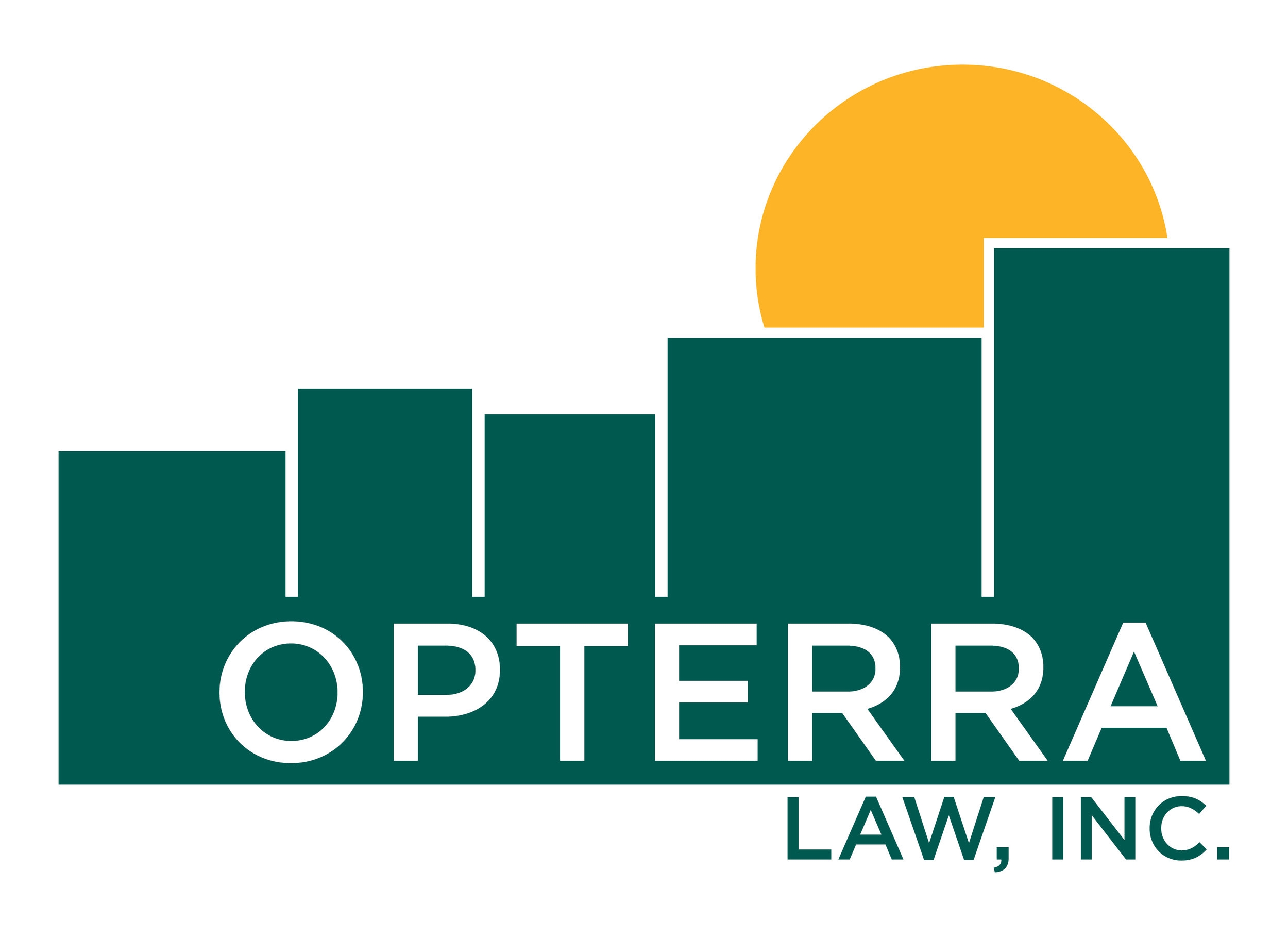Court OK's Plumas County General Plan and EIR
High Sierra Rural Alliance v. County of Plumas: Plumas County’s General Plan complied with the Timberland Act and the General Plan was adequately analyzed in the EIR.
The High Sierra Rural Alliance (“High Sierra”) challenged Plumas County’s adoption of an updated General Plan and its associated EIR. High Sierra argued that the General Plan would facilitate residential development without appropriate environmental review. The court rejected High Sierra’s arguments, upholding the General Plan.
First, High Sierra claimed that the County’s general plan violated the California Timberland Act because the General Plan did not repeat the Timberland Act ‘s express limitations on when a house can be built on timber land. The Act only allows residences that are “necessary for the management of land zoned as a timberland production.” See Gov’t Code section 51104(h)(5). These residences are “compatible uses” so long as they do not “significantly detract from the use of the property for, or inhibit, growing and harvesting timber.” Gov’t Code section 51104(h). In other words, a house that doesn’t take away from the timberland use of the property and that is necessary to keep the property timberland, is acceptable. By any account, this is a pretty strict limitation.
The Court held that these state law provisions would apply, whether or not they were discussed in the Plumas County General Plan. Therefore, the General Plan did not violate the Timberland Act by failing to repeat its limitations. The Act would apply anytime a residence was proposed in the timberland zone, regardless of what the General Plan said.
And because the Act would require the County to allow residences in certain limited circumstances, the court held that no CEQA review of such residential construction would be appropriate. Citing Friends of Westwood, Inc. v. City of Los Angeles (1987) 191 Cal.App.3d 259, 272, the court confirmed that ministerial decisions are exempt from CEQA because “the government agency [] lack[s] the power (that is, the discretion) to stop of modify it in any relevant way.” The agency can’t make adjustments or deny the permit in order to mitigate environmental damage. Therefore, environmental review of residences in timberland zones would be useless at best and wasteful at worst, so is not required.
High Sierra argued that the General Plan EIR underestimated the future growth, thereby underestimating environmental impacts. The court rejected this contention, too. The County had relied upon substantial evidence, including its own experience as well as data showing that there would be minimal growth outside of the “planning areas.” It was reasonable for the County to rely on estimates from the Department of Finance and Caltrans to determine that very little annual growth was expected through 2050. There was no need for the County to analyze a high-growth scenario that was not “reasonably foreseeable.”
Finally, the court rejected High Sierra’s request that the EIR be recirculated. The court determined that the addition of new maps, which had previously been available but not included in the DEIR, did not trigger recirculation. Additional building standards were also added in the FIER, but since they did not loosen any requirements, they did not require recirculation.
The timing on this case is worth noting. The opinion reports that the FEIR was certified in December 2013. So only now, nearly five years later, does the County have confirmation as to the adequacy of its General Plan and EIR. This seems particularly troubling given that the General Plan anticipates little, if any, growth in the County. This means that a tremendous amount of time and resources were spent without any possible environmental benefit.
